How Much Does a Meat Canning Production Line Cost?
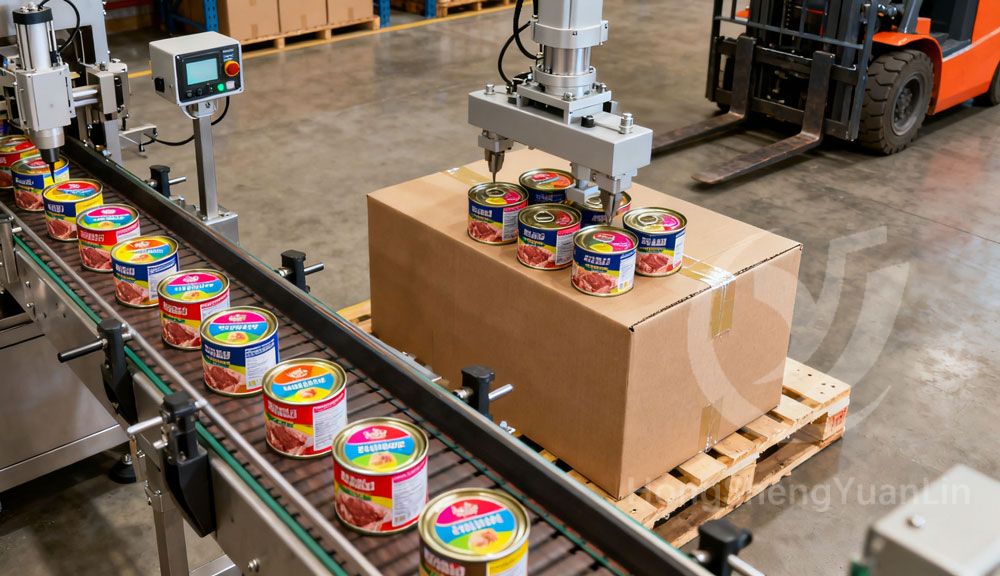
1. Introduction: The Growing Market for Canned Meat
The global canned meat industry has been growing rapidly due to rising demand for ready-to-eat protein products, long shelf life, and improved food safety standards. From luncheon meat and braised beef to chicken and pork cans, automated canning technology has become a crucial factor for food manufacturers seeking consistent quality and production efficiency.
As more food processing plants look to modernize their operations, one of the most common questions investors ask is:
“How much does a full meat canning production line cost?”
The answer depends on various factors — production capacity, automation level, material quality, and the manufacturer’s engineering capability. This article provides a comprehensive breakdown of equipment prices, influencing factors, and ROI insights to help you choose the right system for your factory.
2. What Is a Meat Canning Production Line?
A meat canning production line is a complete system of machines designed to process raw meat into sterilized, sealed, and labeled canned products. It integrates multiple functions such as cutting, mixing, filling, sealing, sterilizing, cooling, labeling, and packaging — ensuring consistent quality and hygiene standards.
Common Product Applications
Pork cans (stewed pork, luncheon meat)
Beef cans (braised beef, corned beef)
Chicken cans (spiced chicken, shredded chicken)
Mixed meat or gravy-based canned meals
Types of Meat Canning Lines
Fully Automatic Production Line – ideal for high-capacity factories requiring continuous operation.
Semi-Automatic Line – suitable for small or medium plants balancing automation with manual flexibility.
Modular Line – a hybrid system allowing upgrades or capacity expansion over time.
3. Full Set of Meat Canning Equipment and Price Breakdown
A complete meat canning production line consists of several sections. Below is an overview of the main equipment, their functions, and typical price ranges:
| Process | Main Equipment | Function | Reference Price (USD) |
|---|---|---|---|
| Raw Meat Preparation | Meat cutting machine, bowl chopper, mixer | Meat trimming, grinding, seasoning, mixing | $5,000 – $15,000 |
| Filling Section | Quantitative filling machine, conveyor | Accurately fills meat chunks or paste into cans | $10,000 – $25,000 |
| Sealing Section | Vacuum seamer, can closer | Ensures airtight sealing to prevent contamination | $8,000 – $18,000 |
| Sterilization | Steam retort, autoclave sterilizer | Kills bacteria and extends shelf life | $15,000 – $40,000 |
| Cooling Section | Cooling tunnel, air dryer | Lowers temperature after sterilization | $5,000 – $10,000 |
| Labeling & Packaging | Labeling machine, carton packer | Product identification and packaging for sale | $6,000 – $15,000 |
Estimated Total Price Range
Small semi-automatic line: $50,000 – $80,000
Medium automatic line: $100,000 – $250,000
Large fully automated line: $300,000 – $500,000+
These prices can vary based on customization, stainless steel grade (304 vs 316), automation level, and supplier location.
4. Factors Affecting the Price of Meat Canning Production Line
Several key variables influence the total investment cost of a canning production line:
1. Automation Level
Full automation reduces labor but increases equipment cost.
Semi-automatic lines are more affordable but require manual handling in some stages.
2. Production Capacity
Lines designed for higher throughput (e.g., 10,000 cans/hour) require larger machines, stronger power systems, and higher-cost sterilizers.
3. Product Type and Packaging
Chunky meat vs meat paste products require different filling systems.
Tin cans, aluminum cans, or glass jars also affect line configuration.
4. Material and Engineering Quality
Food-grade 304 or 316 stainless steel ensures durability and compliance with hygiene standards.
Advanced PLC and HMI systems improve automation accuracy.
5. Brand and After-Sales Service
European and American brands are typically more expensive but offer premium automation.
Chinese manufacturers provide cost-effective, customizable turnkey solutions.
6. Transportation and Installation Costs
Shipping, customs duties, and installation labor may add 5–10% to the total investment.
5. ROI Analysis: Is It Worth the Investment?
Cost vs. Return Example
Let’s take a medium-sized factory producing 5,000 tons of canned meat annually:
Equipment investment: ~$200,000
Labor savings: 30% reduction due to automation
Efficiency gain: 20–30% increase in daily output
Estimated payback period: 18–24 months
Long-Term Advantages
Stable product quality and shelf life
Reduced human error and contamination risk
Compliance with HACCP and ISO22000 standards
Improved brand reputation and export competitiveness
Conclusion: A well-planned canning line pays for itself quickly by improving productivity and consistency.
6. How to Choose the Right Automation Level
Selecting the right automation level can significantly affect your operational cost and future scalability.
Automation Options
Full Automatic Line
✅ Best for: large food manufacturers with high daily output
💰 Cost: higher initial investment, lower long-term labor costs
Semi-Automatic Line
✅ Best for: small or medium businesses
💰 Cost: moderate investment, more flexible for multi-product production
Modular/Hybrid System
✅ Best for: companies expanding product lines gradually
💰 Cost: scalable investment, upgrade-friendly
Key Decision Factors
Daily production target
Budget and financing capability
Available skilled technicians
Factory space and layout constraints
💡 Tip: “The most suitable line is not the most expensive — it’s the one that matches your production goals and ROI timeline.”
7. Recommended Manufacturers and Turnkey Suppliers
China
Chinese manufacturers are known for delivering high cost-performance ratios, flexible customization, and comprehensive turnkey project solutions — covering design, manufacturing, installation, and training.
Price range: $$
Advantages: Fast delivery, multilingual support, export expertise
Europe
European suppliers emphasize high precision, hygiene design, and energy efficiency.
Price range: $$$$
Advantages: Excellent technology, long lifespan
USA and Other Regions
Well-established American and international manufacturers provide innovative canning technologies and robust service networks.
Price range: $$$$
Advantages: Proven reliability, strong brand trust
| Region | Automation Level | Product Focus | Price Range | Advantage |
|---|---|---|---|---|
| China | Semi / Full Auto | Meat, Fish, Fruit | $$ | Customization & Value |
| Europe | Full Auto | Multi-Product | $$$$ | High Precision |
| USA | Full Auto | Meat & Specialty | $$$$ | Innovation & Support |
8. Installation, Maintenance, and After-Sales Service
Installation & Commissioning
Most reputable suppliers provide on-site installation and operator training to ensure smooth startup.
The typical commissioning period lasts 30–45 days, depending on line complexity and factory readiness.
Maintenance & Support
Preventive maintenance plans
Spare parts availability within 7–15 working days
Remote technical support
Scheduled annual inspections for optimal performance
A reliable after-sales service ensures continuous operation and minimizes downtime losses.
9. FAQ — Frequently Asked Questions
Q1: How much does a full meat canning production line cost?
A: Prices range from $50,000 to $500,000+, depending on production capacity, automation level, and equipment configuration.
Q2: What’s included in a complete meat canning line?
A: A full line typically includes meat processing, filling, sealing, sterilizing, cooling, labeling, and packaging systems — plus conveyors and control units.
Q3: What’s the difference between automatic and semi-automatic lines?
A: Fully automatic lines handle all stages without human intervention, ideal for large-scale plants. Semi-automatic lines require some manual work but offer flexibility and lower investment.
Q4: How long does installation take?
A: Installation and commissioning usually take 30–45 days after equipment delivery.
Q5: Can I customize my production line?
A: Yes. Most manufacturers can design customized layouts and production capacities based on your factory space, product type, and automation needs.
Q6: How can I get an accurate quotation?
A: Provide your product type, daily output goal (cans/day), packaging size, and automation preference to the manufacturer. A detailed quotation will then be customized for you.
10. Conclusion: Smart Investment for Long-Term Growth
A meat canning production line is more than a collection of machines — it’s a strategic investment in productivity, safety, and brand reputation.
Whether you’re starting a new meat canning factory or upgrading an existing one, understanding the price components and automation options will help you make an informed decision.
To summarize:
Small semi-automatic lines: $50,000–$80,000
Medium automatic lines: $100,000–$250,000
Large full-automatic lines: $300,000–$500,000+
✅ Choosing the right manufacturer with reliable after-sales support is as important as choosing the right equipment.
Call to Action
📩 Ready to start your project?
Contact our engineering team today for a customized quotation and factory layout consultation tailored to your canned meat production needs.
Must-Read Blogs For Chain Restaurants Owner


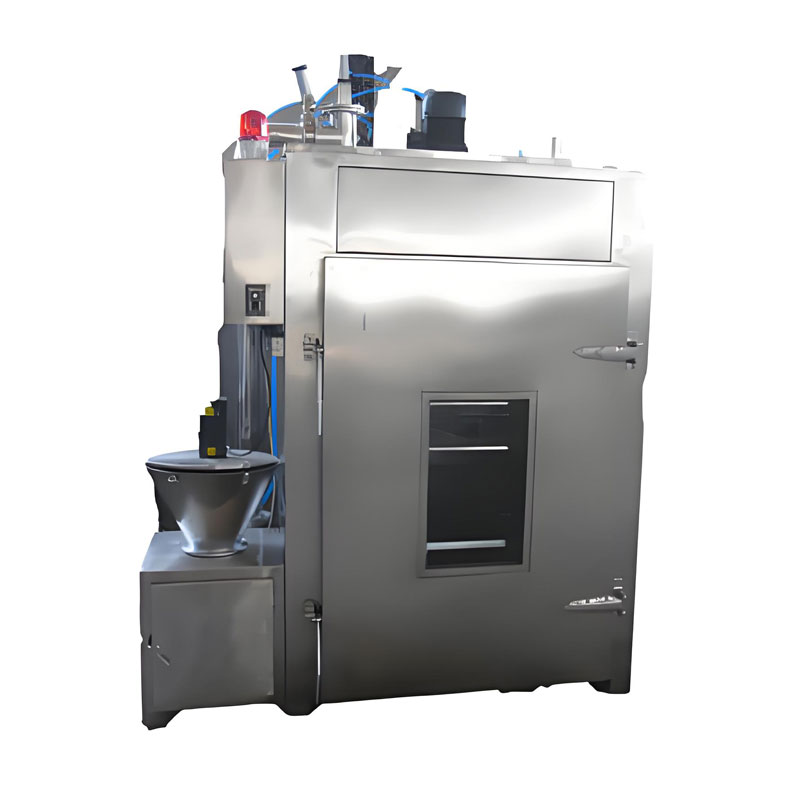
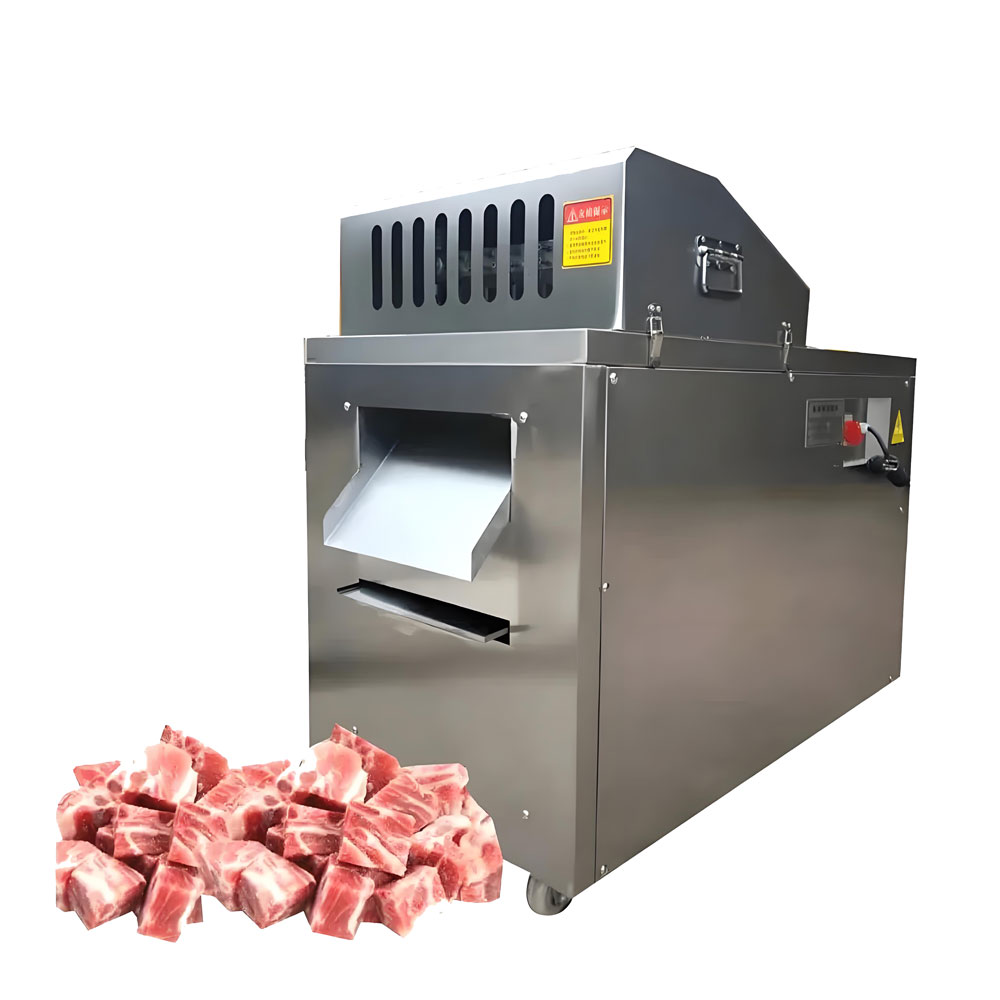
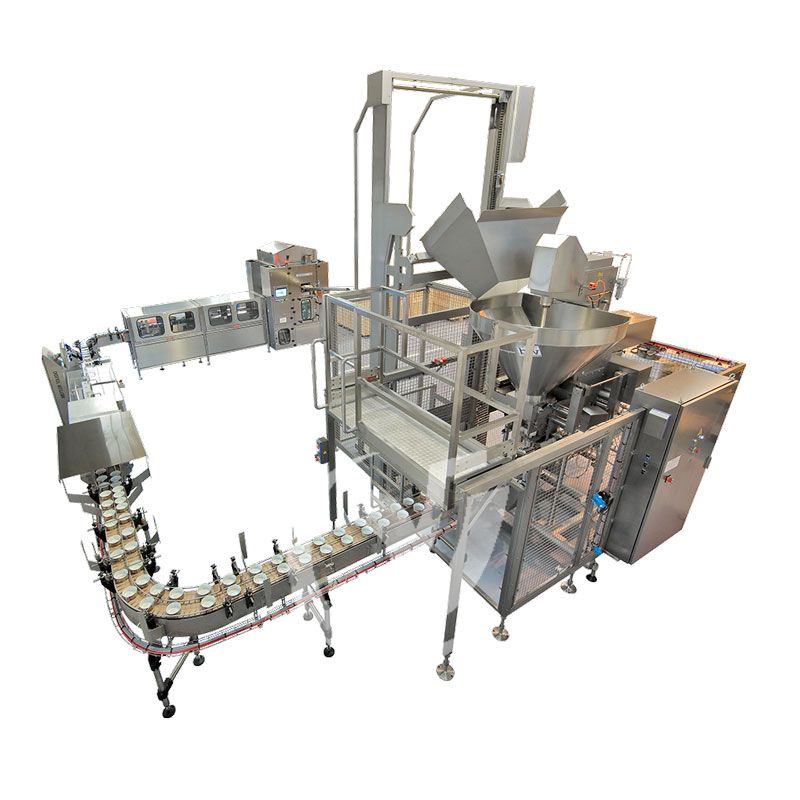


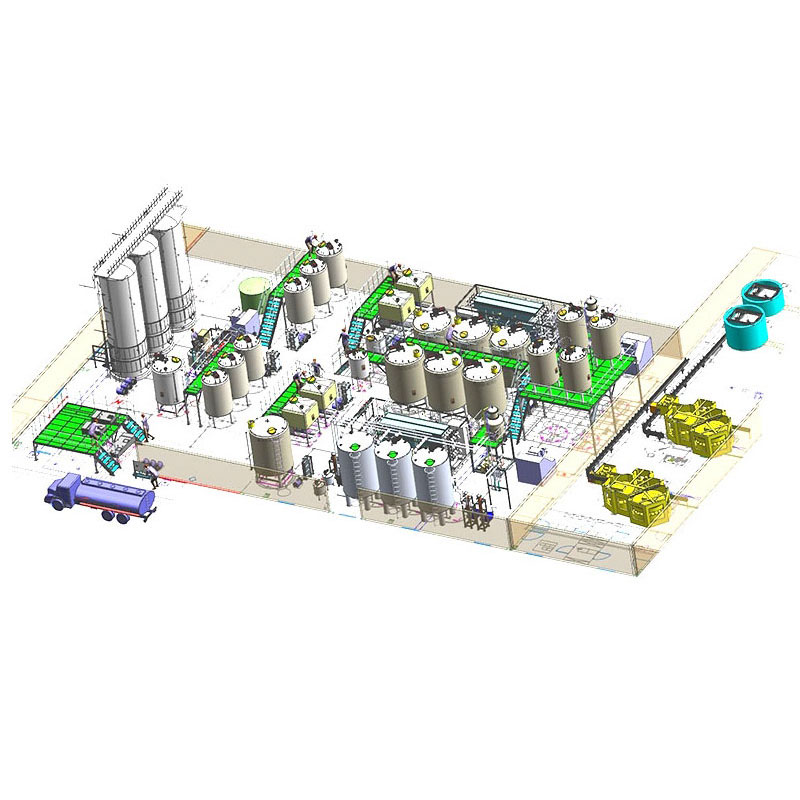

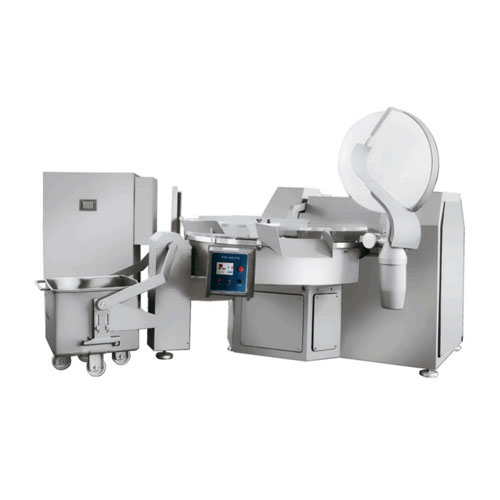
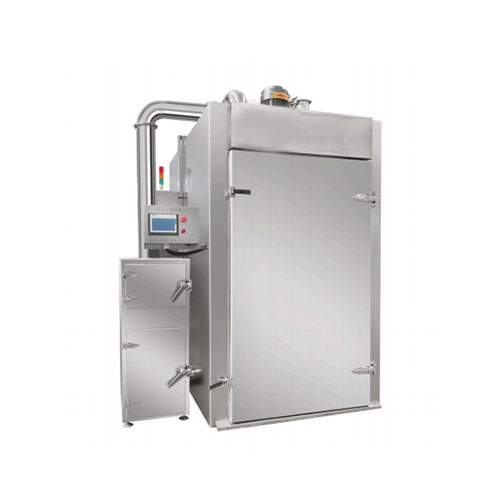
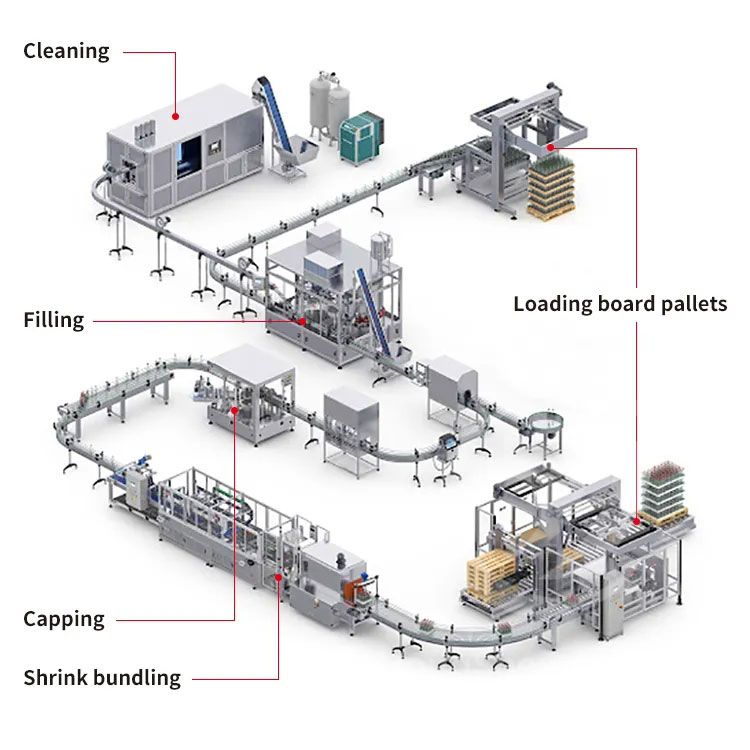 Aseptic Canning Production Line Equipment
Aseptic Canning Production Line Equipment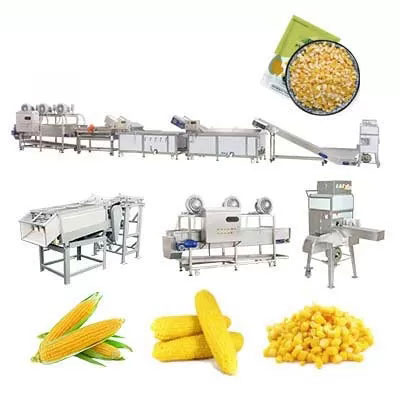 Sweet Corn Canning Production Line
Sweet Corn Canning Production Line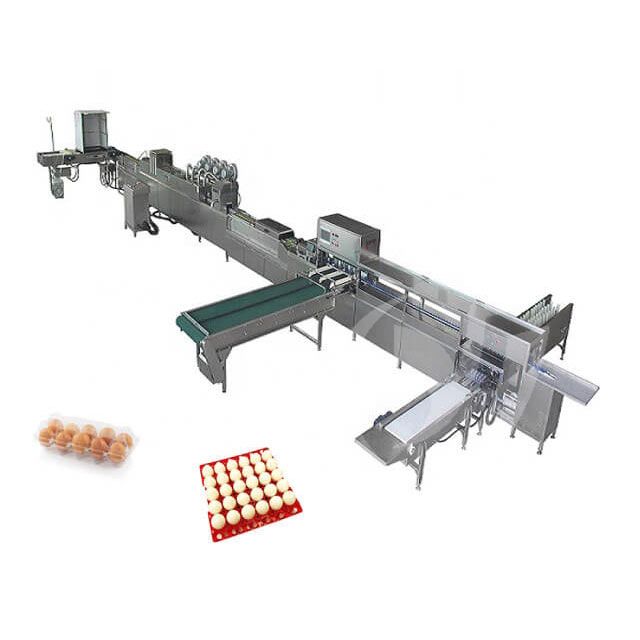 Egg Canning Production Line
Egg Canning Production Line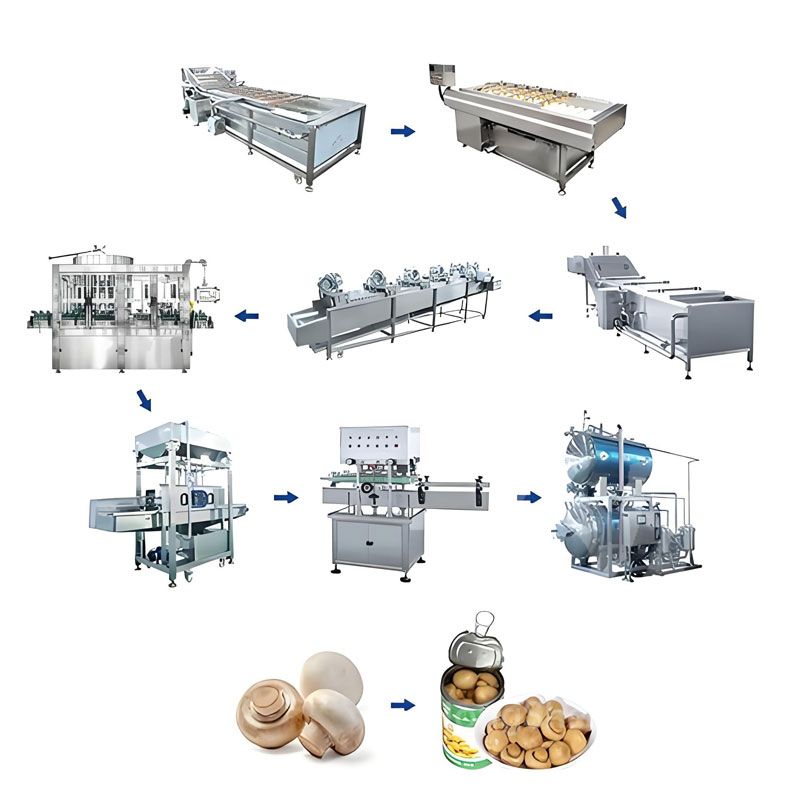 Button Mushroom Canning Production Line
Button Mushroom Canning Production Line
Ready to Get Started?